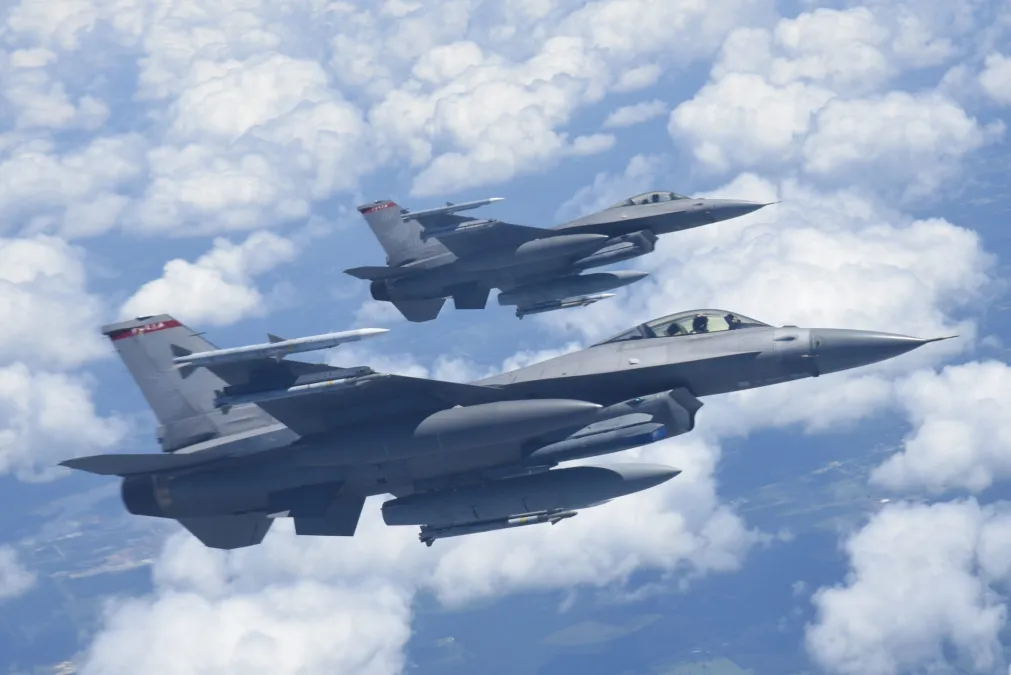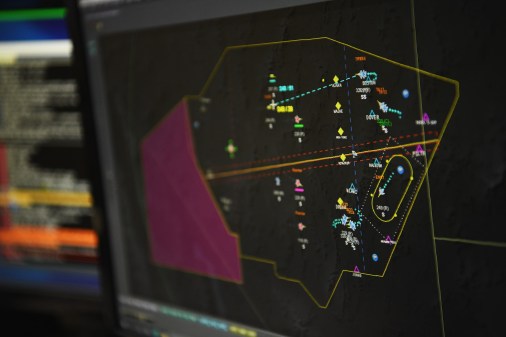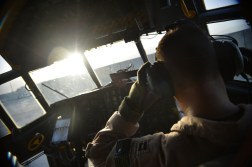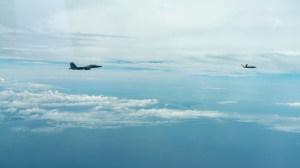Raytheon ready to add AI-enabled radar warning receiver to fighter jets, other Air Force platforms

After a number of recent flight tests, RTX subsidiary Raytheon says it successfully integrated artificial intelligence capabilities into the company’s digital radar warning receiver (RWR) and is now expecting the Air Force to procure the technology sometime this year.
The contractor announced Monday that it completed flight testing of the Cognitive Algorithm Deployment System (CADS), which employs AI and machine learning technology to an aircraft’s RWR to enable real-time analysis of enemy radar signals. The conclusion of testing paves the way for the Air Force to begin buying the systems in 2025 for some of the service’s fourth-generation aircraft, according to the vendor.
The company designed CADS specifically for its ALR-69A radar warning receiver, Michael Baladjanian, Raytheon’s vice president of electronic warfare systems in advanced products and solutions, told reporters during a briefing ahead of the announcement. At the moment, the company expects CADS to be added to F-16 Fighting Falcons for the Air National Guard and the EC-130H Compass Call, but the contractor is able to integrate the system with any aircraft using the ALR-69A, Baladjanian noted.
“Our ALR-69A, which we’re employing this on, is really the first digital radar warning receiver. It gives the air crew one of the most highly reliably precision data-making systems compared to the old analog legacy systems,” he said. “One of the things when we started this that we looked into was, how would we employ our CADS hardware? And the RWR was a really nice fit for that.”
The CADS incorporates an embedded graphics processing unit and a computing stack developed by Deepwave Digital, a company specializing in developing AI for radio frequency and wireless systems. Baladjanian noted the platform is also able to host third-party software, meaning algorithms developed in the future could be integrated for upgrades down the line.
The technology uses algorithms to help air crews sense, identify and prioritize enemy radar signals on the RWR’s mission data file in real time, according to Baladjanian.
“The RWR is all dependent on the mission data file, and this actually enhances that characteristic for the radar warning receiver. The CADS works together or in parallel with what’s there today to help [warfighters] identify and even prioritize threats,” he said. “A lot of times you might get flooded with 100 different looks, and it’s going to help the air crew say, “This signal is more important than that one.’”
The AI and machine learning capabilities in CADS can also conduct more accurate data analysis on unknown signals, giving warfighters more confidence in what specific enemy capabilities they are facing, Baladjanian told reporters.
“This will be able to break through a lot of barriers with certain threats, especially when you’re in flight tests. Lab tests are a good step, but there’s nothing like when you go onto an open range and now you’re seeing all kinds of different types of signals,” he said. “This will help break through those ambiguities that can happen.”
Raytheon has so far conducted six lab tests and five flight tests for CADS, and flight tests are expected to continue throughout 2025 as the contractor waits for a procurement decision. While Baladjanian could not share how many systems the Air Force is planning to buy, he said Raytheon has the ability to meet the service’s demand.






